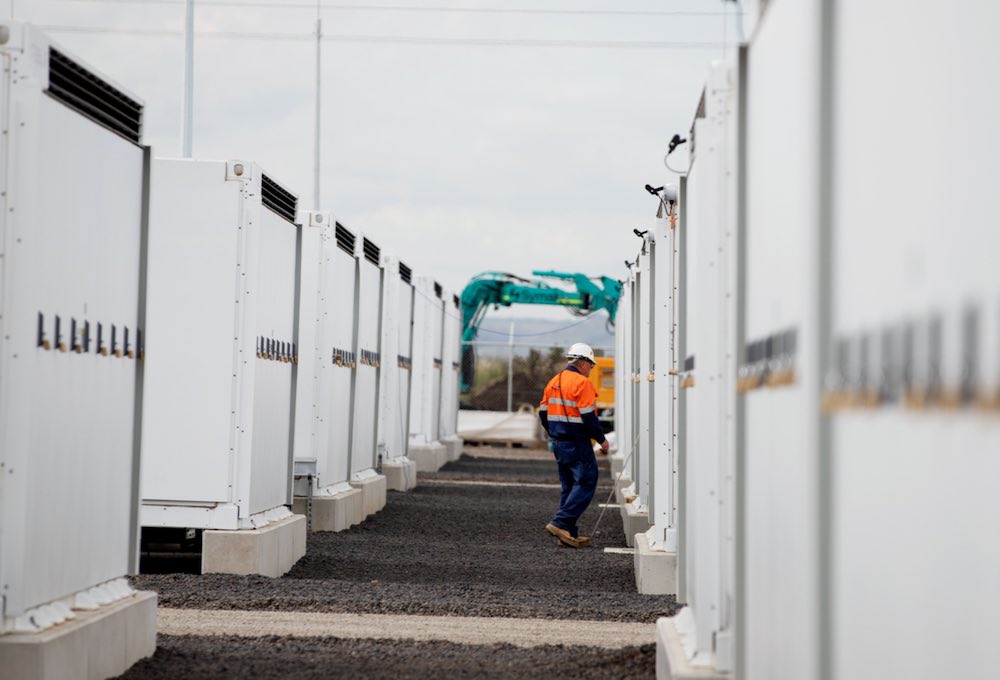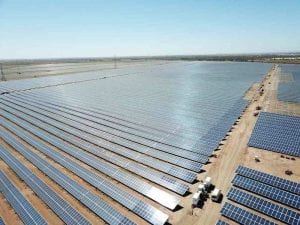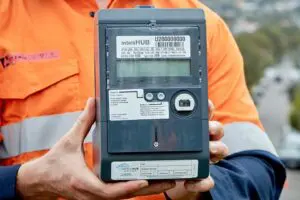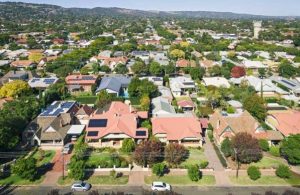The push by the Australian energy market for a rethink of the proposed capacity mechanism has taken a major step forward with the owner of the country’s biggest coal generator agreeing that coal should be treated separately from new technologies.
The proposal by Origin Energy, the owner of the 2.8GW Eraring coal generator, for separate auctions to be held for existing coal plants and new technologies is significant as it broadly falls in line with the views of specialist renewable and storage technology companies.
The push by the Energy Security Board for a capacity market has caused great concern in the industry because it appears to be a “one size all” approach that many say risks compromising and delaying the investment case for new dispatchable generation, and will simply keep coal plants in the grid longer.
The ESB’s design proposals, as we reported last month, have barely changed from the much-maligned “coal-keeper” proposal supported by former energy minister Angus Taylor, and really only has the support of a tiny but highly influential fraction of the market.
Critics say that if the ESB is worried about unmanaged closures of the country’s remaining coal assets, then that should be treated separately from a new mechanism that needs to be focused on “flexibility” and availability to encourage the new technologies necessary for the “once in a century” switch to renewables.
Origin appears to have fallen in this camp. It has not publicly released its submission to the ESB but has released a summary of its proposals.
“The primary focus of a capacity mechanism should be to facilitate the timely entry of new dispatchable resources to complement variable renewable energy,” it says.
“Where existing resources are also included in the scheme this must be carefully managed with the aim of ensuring a higher level of plant availability and lower cost reliability outcomes than would have otherwise been achieved.
“Providing new resources with access to longer term contracts, and separate auctions for existing resources could help mitigate concerns around any crowding out of new investment.”
The Origin position is probably not surprising, given that it plans to close Eraring – the biggest coal plant in the country – and partially replace it with a big battery by 2025, when the new rules would come into effect. But the fact that it is the country’s biggest retailer counts for something.
Energy experts, such as the ANU and the Grattan Institute, have previously suggested the coal plant issue could be addressed by a range of measures such as bonds or auctions, and this is largely supported by most in the industry.
Nearly everyone is agreed that any new mechanism must reflect the versatility and flexibility of new technologies, including battery storage and demand management which can address both supply and demand.
Capacity markets exist in many countries, including in Western Australia, but are often criticised for overly generous payments to existing fossil fuel generators. In W.A., it has resulted in a series of diesel generators being built but never switched on.
The UK also has a capacity market, but it is also proposing changes that will focus on “flexibility” and sending the right signals to consumers, and effectively split the market in two – one focused on contracted renewables and another on “availability.”
It wants to do this because the market price of cheap wind and solar is being distorted by the soaring cost of fossil fuels, and gas in particular. It says this is sending the wrong signal to markets and consumers.
Australia suffers a similar problem. Its share of wind and solar is growing, and while bodies such as AEMO and CSIRO insist that “firmed” renewables (i.e. withs storage and transmission) are the cheapest reliable energy by “a country mile”, this is not reflected in wholesale markets.
That’s because most of the price setting is done by existing fossil fuel generators, who are seeking to recover the soaring cost of gas and coal supplies, and cashing in with windfall profits.
Some wind and solar farms are also cashing in on these high wholesale prices set by the thermal generators, particularly those not locked into long term contracts, but it sends the wrong message to the consumers.
In the UK, it is suggested that a dedicated “green power pool” would ensure that the lower costs – and higher variability – of renewables would be passed on to consumers.
“Under this option, the System Operator would manage a pool for renewable power, which would operate alongside the existing wholesale market: in effect, a centrally co-ordinated Power Purchase Agreement (PPA) market,” the proposal says.
Participation in the pool would be on a voluntary basis, and renewable generators would contract with the System Operator to sell their power into the pool at their long-run marginal cost – from their perspective, contracting with the pool would resemble having a CfD (contract for difference).
Consumers – mostly industrial and commercial consumers – would sign standard contracts to purchase electricity from the pool, which would be cheaper than the wholesale market but with greater variability.
Consumers could then choose how much variability they would be willing to accept in exchange for what degree of price reduction. The System Operator would be responsible for balancing the pool and the cost of purchases from the wholesale market would be spread over all consumers.









